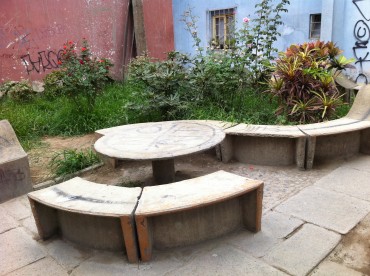Selected Topic
Issue 9 - PREVI revisited – A Contemporary Approach to the Proyecto Experimental de Vivienda in Lima (June 2012)
Show articles13.7.2012 – Issue 9 - PREVI revisited – Mateo Josep Lluís – Videos
PREVI EXPERIENCE
by Josep Lluís Mateo
The relatively little known PREVI project is important for several reasons. First of all, it was set in the context of the overall logic of the informal city. The self-constructed city, comprising houses built by their occupants, played a major role at the time, especially in that particular context, and it is still relevant in today’s Third World cities, alongside all the different or regular forms of architecture and urban planning. Furthermore, the PREVI case study was one of the first occasions when informal planning generated a response from the regular architectural discourse of the time, based on the precepts of late Modernism and Team X, which influenced many of the architects and urbanists involved.
The second reason is the process. The PREVI was the result of a rather complex procedure involving 13 international and 13 local architects, various competitions and, finally, the construction of a new neighbourhood comprising fragments designed by different agents, like a patchwork. The process of design and implementation was successfully supervised by Peter Land, who was commissioned by the United Nations. He pieced together a plan of different parts, all of which were connected to the larger scale of the general form. The result was an exciting combination of parts within a whole. The effect is still visible today, and the intervening years and self-construction have added a further layer of interest and value.
The third reason for the importance of the project is the role of the public space as a cohesive moment, like cement that gives unity to the patchwork of the built pieces. These small voids, designed by Aldo van Eyck and built with prefabricated units from a limited palette, still remain and, seen with the emotion of an archaeological gaze, they continue to speak of the power and the possibilities of the architecture.
Download article as PDF


